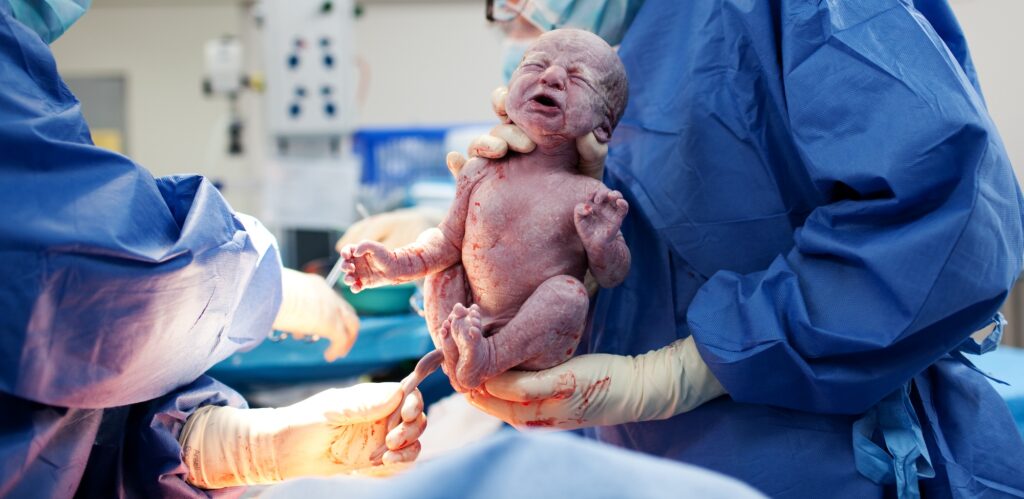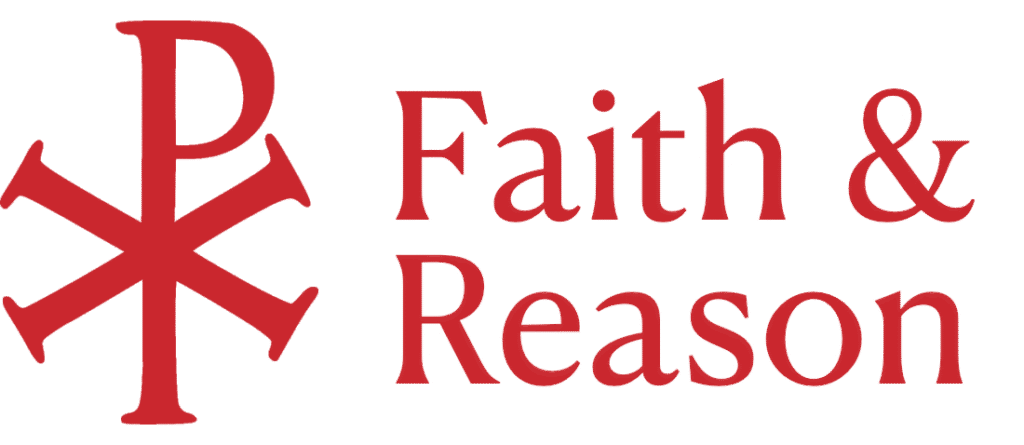
Student Portal

Investigation 1: Background Information
In this Investigation, you’ll explore how a single cell grows into a complex human baby. You’ll learn about cell division, the menstrual cycle, fertilization, and the amazing stages of development that happen before birth.
Tell students to read carefully and take notes, because some of this material will appear in quizzes and lab discussions. CLICK on any of the headings below to go straight to that section.
Mitosis and Growth
Mitosis is cell division for growth and repair. It is responsible for the growth of an organism and the repair of injured body tissues. Mitosis produces two identical daughter cells with the same number of chromosomes as the original parent cell.
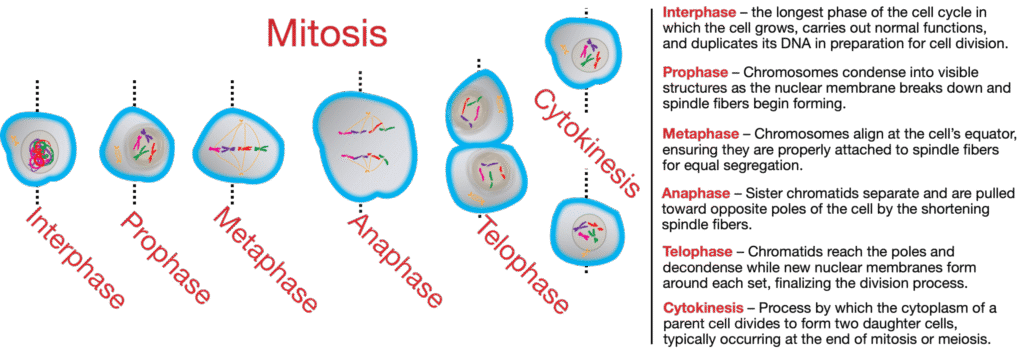
Mitosis occurs in somatic (body) cells. Interphase, prophase, metaphase, anaphase, and telophase are the five main phases of the cell cycle. Each phase plays a specific role in the division and duplication of the cell’s nucleus and chromosomes.

Check Your Understanding
Q: What is the purpose of mitosis?
A: It produces new cells for growth, development, and repair in the body.Q: How are the daughter cells produced by mitosis similar to the original parent cell?
A: They are genetically identical and have the same number of chromosomes as the parent cell.Q: Name two processes in the human body that rely on mitosis.
A: Growth and healing of wounds rely on mitosis.Q: In which type of cells does mitosis occur?
A: Mitosis occurs in body cells, also called somatic cells.Q: What might happen if mitosis did not occur properly in a wound?
A: The wound might not heal properly, leading to infection or tissue damage.
Human Chromosomes
Inside every human cell is a structure called the nucleus. This is where your DNA is stored. DNA holds all the information that makes you who you are—your hair color, height, eye shape, and so much more.
DNA is tightly coiled into structures called chromosomes. Humans normally have 46 chromosomes in each body cell. These chromosomes come in pairs—23 from your mother and 23 from your father.
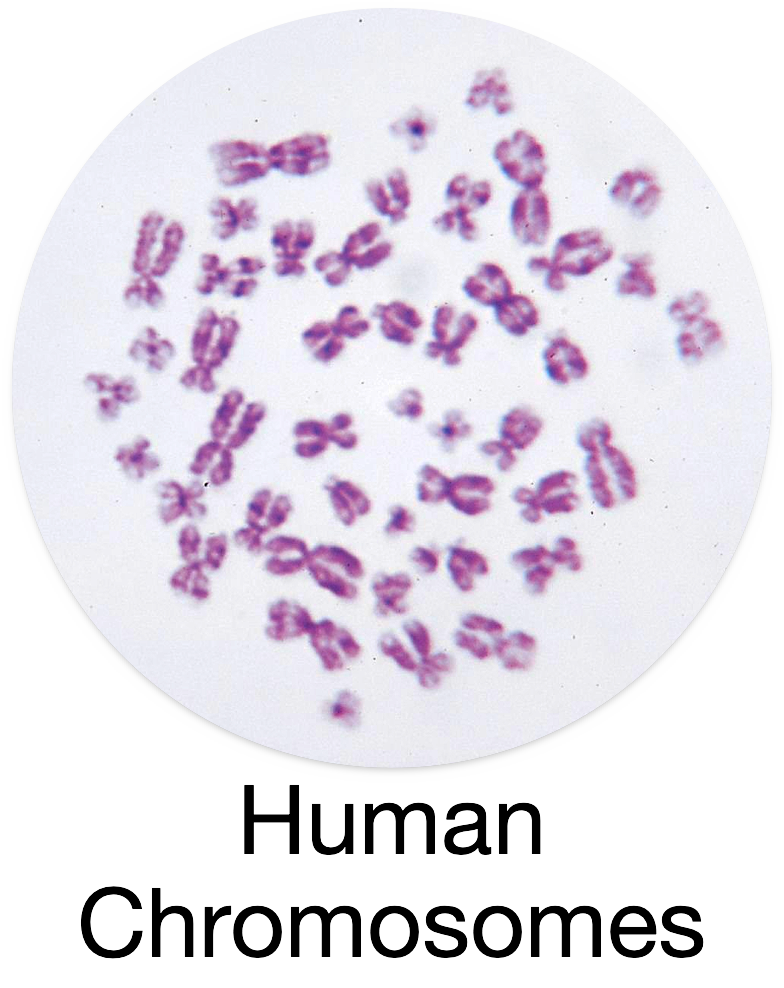
Interesting Fact
If all the DNA from just one of your cells was stretched out, it would be about 6 feet long—but it’s so thin you’d need a microscope to see it!
Check Your Understanding
Q: Where is DNA found in a human cell?
A: DNA is found inside the nucleus of the cell.Q: How many chromosomes does a human body cell have?
A: A human body cell has 46 chromosomes.Q: What is the relationship between DNA and chromosomes?
A: Chromosomes are made of tightly coiled DNA.Q: What’s something interesting about the length of DNA in one cell?
A: If uncoiled, the DNA in one cell would be about 6 feet long.Q: How do we get our 46 chromosomes?
A: We inherit 23 chromosomes from each parent—one set from the mother and one from the father.
Meiosis and Reproduction
Meiosis is a special type of cell division that makes reproductive cells—egg and sperm. These cells are different from all other cells in your body.
When meiosis happens, the number of chromosomes is cut in half. This way, when the egg and sperm join during fertilization, the baby gets the correct number of chromosomes—46!
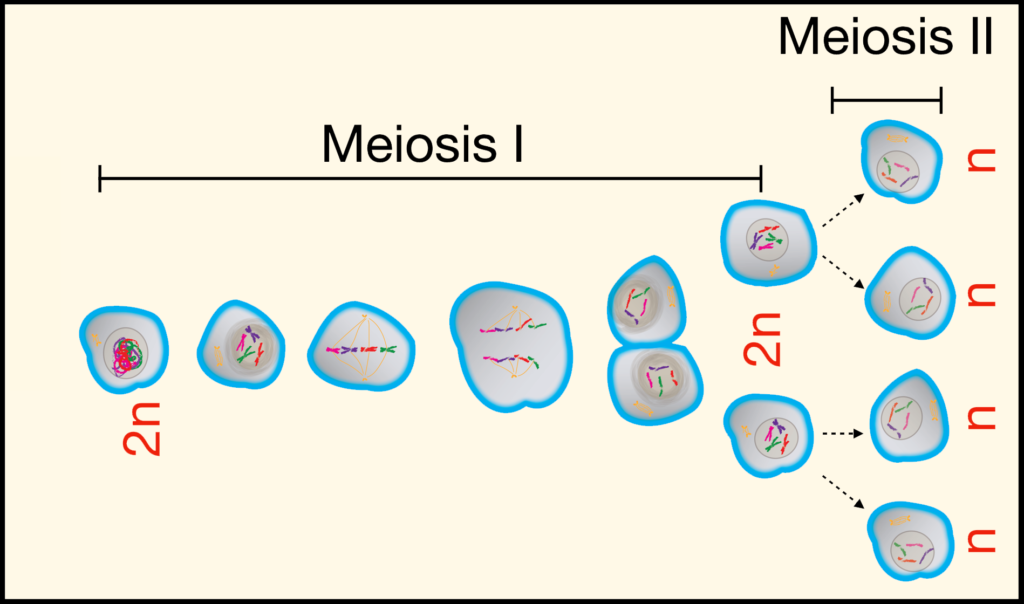
Interesting Fact
In females, most of the eggs an individual will ever have are already made before birth.
Check Your Understanding
Q: What is the purpose of meiosis?
A: Meiosis creates reproductive cells with half the usual number of chromosomes.Q: What kinds of cells are made by meiosis?
A: Egg and sperm cells, also called gametes.
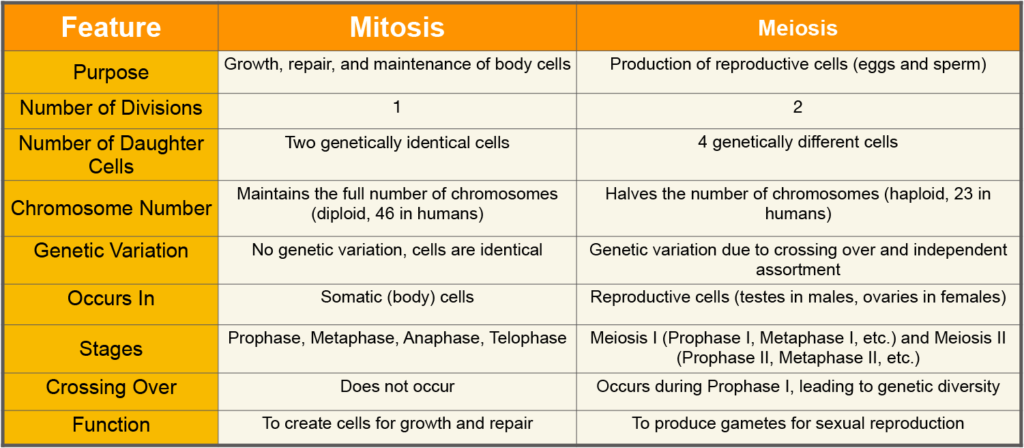
Q: How many chromosomes are in reproductive cells?
A: Reproductive cells have 23 chromosomes.Q: Why is it important that meiosis cuts the chromosome number in half?
A: So that when egg and sperm join, the baby ends up with the correct total of 46 chromosomes.Q: What happens when an egg and sperm join?
A: They form a fertilized egg with 46 chromosomes—23 from each parent.
Menstrual Cycle and Reproduction
To understand fertilization, you need to know about the menstrual cycle. The menstrual cycle happens roughly every month in a female’s body to prepare for a possible pregnancy.
The human menstrual cycle typically begins during puberty, which is when a female’s body starts to develop and change. The usual age for this to start is around 12 years old, but it can happen anytime between 9 and 16 years old.
Once the menstrual cycle starts, it generally continues each month until a person reaches menopause, which usually happens between the ages of 45 and 55, when the menstrual cycle stops permanently.
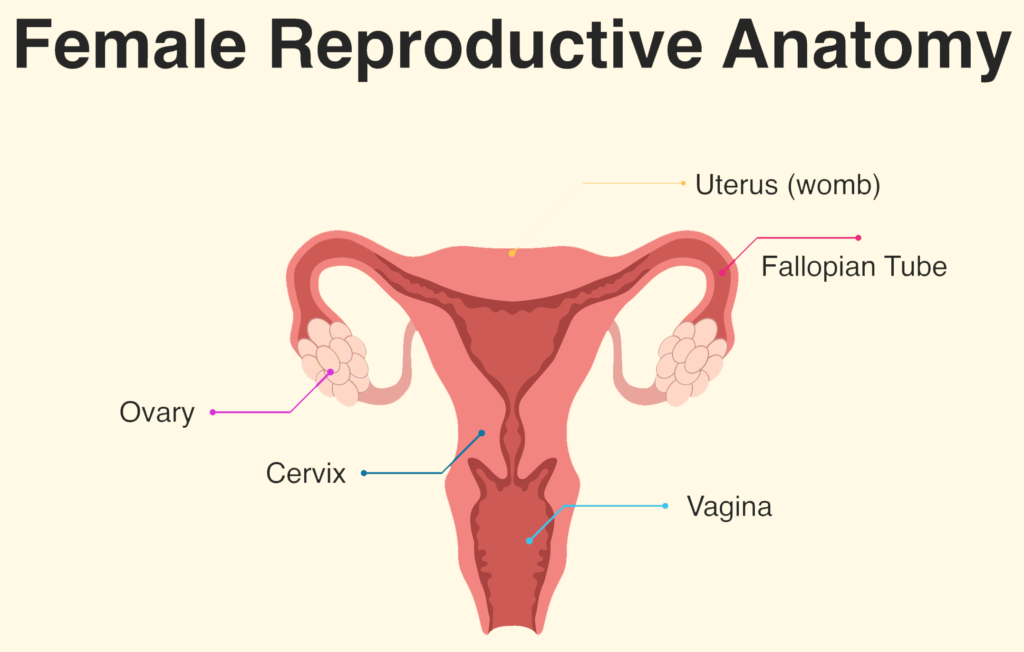
The menstrual cycle usually lasts about 28 days but can be a little shorter or longer. Here’s a simple overview:
- Days 1–5: The cycle begins with menstruation when the lining of the uterus (the womb) sheds if no fertilization happened in the previous cycle. This lining exits the body as what we call a “period.”
- Days 6–14: The body starts to prepare for the next cycle. A new egg cell begins to grow and mature in the ovary. Meanwhile, the lining of the uterus starts to thicken again, getting ready for a fertilized egg to attach.
- Around Day 14 (Ovulation): This is the ovulation phase. The egg leaves the ovary and travels down the fallopian tube, where it might meet a sperm. This is the time when fertilization is most likely to happen because the egg is ready to be fertilized.
- Days 15–28: If the egg is not fertilized, it breaks down, and the uterus lining gets ready to shed again, starting a new cycle.
Fertilization can happen if sperm enters the female body during or close to the time of ovulation (around Day 14). Sperm cells swim through the uterus to reach the fallopian tube, where they might meet the egg. When one sperm manages to join with the egg, it fertilizes it, and the egg becomes a zygote, the very first stage of a new human life.
After fertilization, the zygote travels to the uterus and attaches to the thickened lining. This is where it will continue to grow and develop into a baby over the next nine months.
In summary:
- Fertilization can only occur if sperm meets the egg when it’s in the fallopian tube, which happens around Day 14 of the menstrual cycle.
- If fertilization doesn’t happen, the egg will eventually break down, and the cycle starts again.
Fertilization
Fertilization is the process where a sperm cell from the father combines with an egg cell from the mother to form a new, genetically unique individual. Only males can produce sperm cells, and only females can produce egg cells (also called ova). Meiosis is required to form both types of gametes (sex cells).
Both sperm and egg cells are haploid, meaning they each have only half the number of chromosomes needed to make a complete set. A complete set of chromosomes in humans is 46, but each haploid cell has only 23 chromosomes.

The Role of Sperm and Egg Cells
Sperm Cell: The sperm cell is produced in the father’s body and carries 23 chromosomes. It is very small and has a tail called a flagellum, which helps it swim toward the egg cell.
Egg Cell: The egg cell (or ovum) is produced in the mother’s body and has 23 chromosomes. It is much larger than the sperm cell and is filled with nutrients to help the developing embryo grow in its early stages.
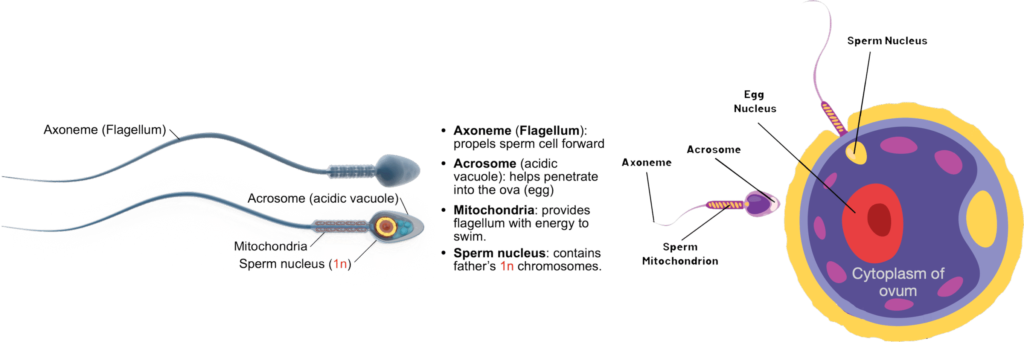
The Process of Fertilization
When the sperm cell reaches the egg cell, they combine. This is called fertilization. The sperm’s 23 chromosomes and the egg’s 23 chromosomes join together, making a complete set of 46 chromosomes. This new cell is called a zygote.
The zygote has all the genetic information it needs to develop into a new human. It will continue to divide and grow into an embryo and, eventually, a baby.
Why Is Fertilization Important?
Fertilization is important because it combines genetic material from both parents. This means that the baby will have traits from both the father and the mother, like eye color, hair color, and other characteristics. The combination of chromosomes from both parents also makes every person unique from fertilization onward.
Check Your Understanding: The Menstrual Cycle
- Q: What is the purpose of the menstrual cycle?
A: It prepares the body for pregnancy by thickening the uterus lining. - Q: What happens during menstruation?
A: The uterus sheds its lining if no fertilization occurs, resulting in a period. - Q: When does ovulation usually occur?
A: Around Day 14 of the cycle, when the egg is released from the ovary. - Q: What happens if an egg is not fertilized?
A: It breaks down, and the menstrual cycle restarts. - Q: How does the cycle change with age?
A: It starts during puberty (around age 12) and ends with menopause (around age 50).
Check Your Understanding: Fertilization
- Q: What is fertilization?
A: It’s when a sperm cell and egg cell combine to form a zygote. - Q: How many chromosomes does each gamete have?
A: Each has 23 chromosomes. - Q: What is a zygote?
A: It’s the first cell formed after fertilization with 46 chromosomes. - Q: Why is fertilization important?
A: It combines genetic material from both parents to create a unique individual. - Q: Where does fertilization usually occur?
A: In the fallopian tube.
First Trimester: Embryonic Development
The first trimester of pregnancy is the most critical time for a developing baby. It spans from week 1 to week 12. During this time, the fertilized egg becomes a tiny embryo and quickly begins to grow and change.
Here are some of the most important milestones in the first trimester:
- Weeks 1–2: These are the weeks of fertilization and implantation. The fertilized egg travels down the fallopian tube and attaches to the uterus lining.
- Week 3: The zygote begins dividing and forms a tiny ball of cells. This is the beginning of embryogenesis.
- Week 4: The embryo forms a structure called the neural tube, which will become the brain and spinal cord.
- Week 5: The heart begins to form and will start to beat.
- Weeks 6–8: Major organs begin developing, including the lungs, stomach, and liver. Limb buds appear, which will become arms and legs.
- Weeks 9–12: The embryo becomes a fetus. Facial features become more defined, and tiny fingers and toes form.
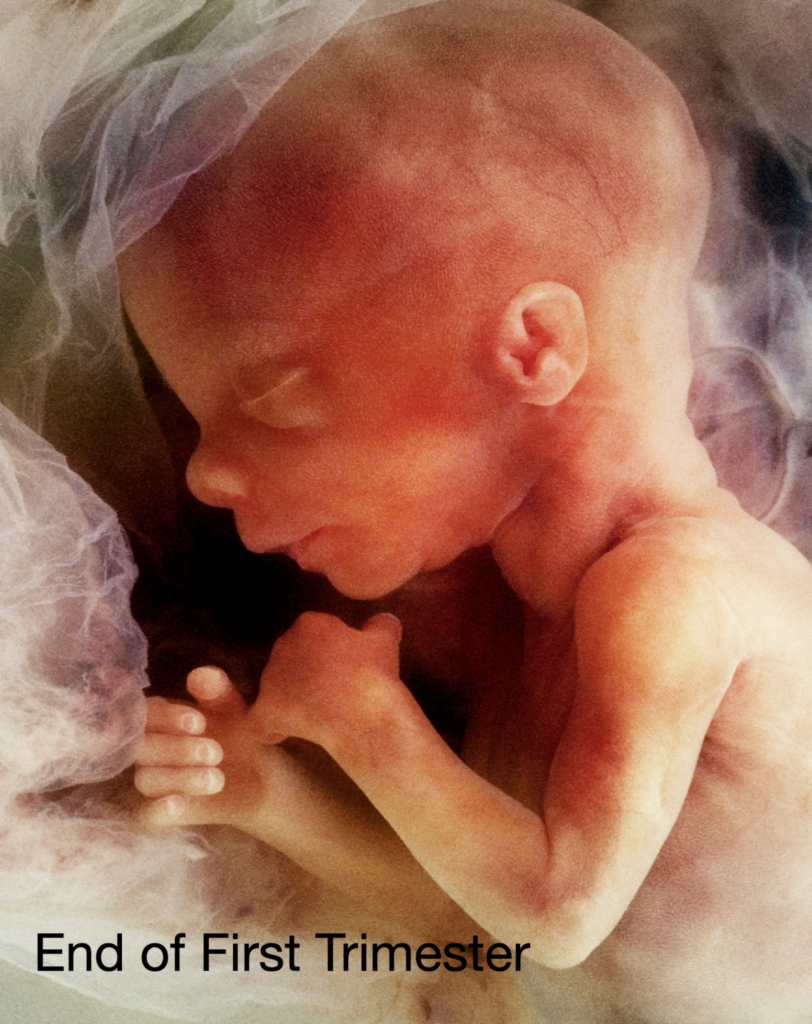
Check Your Understanding: First Trimester
- Q: What important organ starts beating during the first trimester?
A: The heart begins to beat around week 5. - Q: What is the neural tube and why is it important?
A: The neural tube will develop into the baby’s brain and spinal cord. - Q: When does the embryo officially become a fetus?
A: Around week 9, when major organ systems are formed. - Q: What begins to form that will later become the arms and legs?
A: Limb buds appear during weeks 6 to 8. - Q: What is one sign of growth seen in the face?
A: Facial features become more defined in weeks 9–12.
Second Trimester: Fetal Development
A developing embryo is typically referred to as a fetus after the 10th week of pregnancy. Thus, the entire second and third trimester of pregnancy may be referred to as fetal development.
The second trimester is the period from week 13 to week 26 of pregnancy. This is a time of rapid growth and development for the baby, and it’s often when the mother starts to feel the baby move. Let’s go through what happens step by step!
Weeks 13–16: Growth and Movement
- The baby continues to grow quickly and now looks more like a tiny human. The face becomes more detailed, with eyebrows, eyelashes, and even hair starting to form.
- The baby’s bones are hardening, and the muscles are developing more, allowing the baby to move its arms, legs, and even make little fists.
- By the end of this period, the baby is about the size of an avocado (about 4 to 5 inches long).
Weeks 17–20: Senses and Reactions
- The baby’s nervous system (brain and nerves) continues to develop, and it starts to react to light and sound.
- The baby’s ears are fully formed, so it can even start hearing sounds like the mother’s heartbeat and voice!
- A layer called vernix caseosa (vernix for short) forms on the baby’s skin to protect it. The skin itself is still very thin.
- At this stage, the baby is around the size of a banana, and the mother may feel kicks and movements for the first time.
Weeks 21–24: Organ Development and Chances of Survival
- The baby’s lungs and digestive system are developing, although they still have more growing to do before they’re ready to work on their own.
- The baby is practicing breathing by inhaling small amounts of amniotic fluid, which helps develop the lungs.
- By week 24, the baby is about the size of an ear of corn. This is also when the baby’s chances of survival if born early, start to improve. Babies born at this stage are called premature, and while they would need special medical help, they have a small chance of survival.
Weeks 25–26: Improving Survival Chances
- During these weeks, the baby’s lungs continue to develop, and the air sacs that are important for breathing start to form. The baby is getting better prepared for life outside the womb.
- The baby also begins to put on more fat, which helps regulate body temperature after birth.
- By the end of the second trimester, the baby is around the size of a cabbage and weighs about 1.5 to 2 pounds.
Survival Chances During the Second Trimester
- Before Week 24: If a baby is born earlier than this, the chances of survival are very low because the lungs and other organs are not developed enough.
- Week 24: Survival rates improve but are still low. With special medical care, a baby born at this stage has a 50% chance of survival.
- Week 26: The survival chances are even better, with some babies having about an 80% chance of surviving if born at this point, though they would still need to be in a neonatal intensive care unit (NICU).
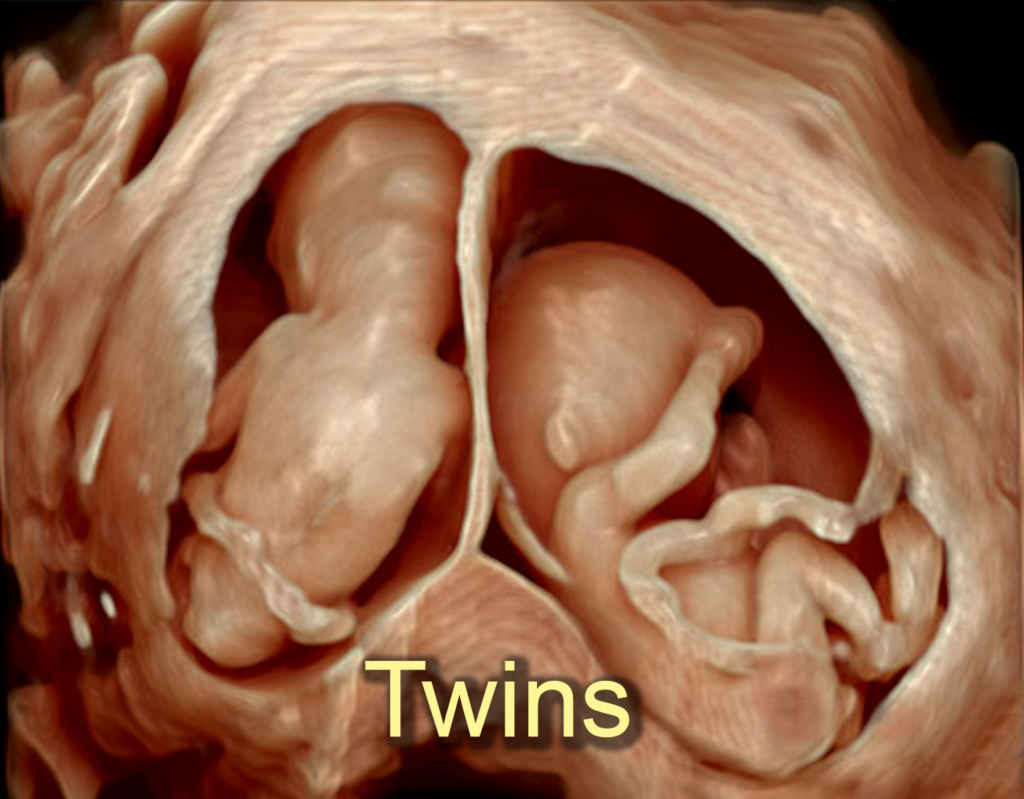

In summary, the second trimester is all about the baby growing bigger, moving more, and developing important organs and systems. As time passes, the baby’s chances of surviving outside the womb improve, especially as it gets closer to the third trimester.

Check Your Understanding
- Q: When does the second trimester occur?
A: From Week 13 to Week 26 of pregnancy. - Q: What protective layer forms during this stage?
A: The vernix caseosa, a waxy coating that protects the skin. - Q: When can the baby start hearing sounds?
A: Around Week 18, when the ears are fully formed. - Q: What is the survival chance if born at Week 24?
A: About 50%, with intensive medical support. - Q: How does the baby practice breathing?
A: By inhaling small amounts of amniotic fluid.
Third Trimester: Growth and Birth
The third trimester marks the final stage of pregnancy and includes the period from week 28 through birth (typically around 40 weeks). During this time, the fetus undergoes significant growth and prepares for life outside the womb.
In this trimester:
- The brain continues to develop rapidly, forming more neural connections and increasing in complexity.
- The lungs mature, producing surfactant, a substance that helps the baby breathe after birth.
- The fetus gains weight quickly, developing fat stores to help regulate body temperature after birth.
- Movements become stronger, and the baby can often be felt shifting, kicking, or stretching.
- The fetus begins to respond to sounds and light and may even recognize the voice of the mother or father.
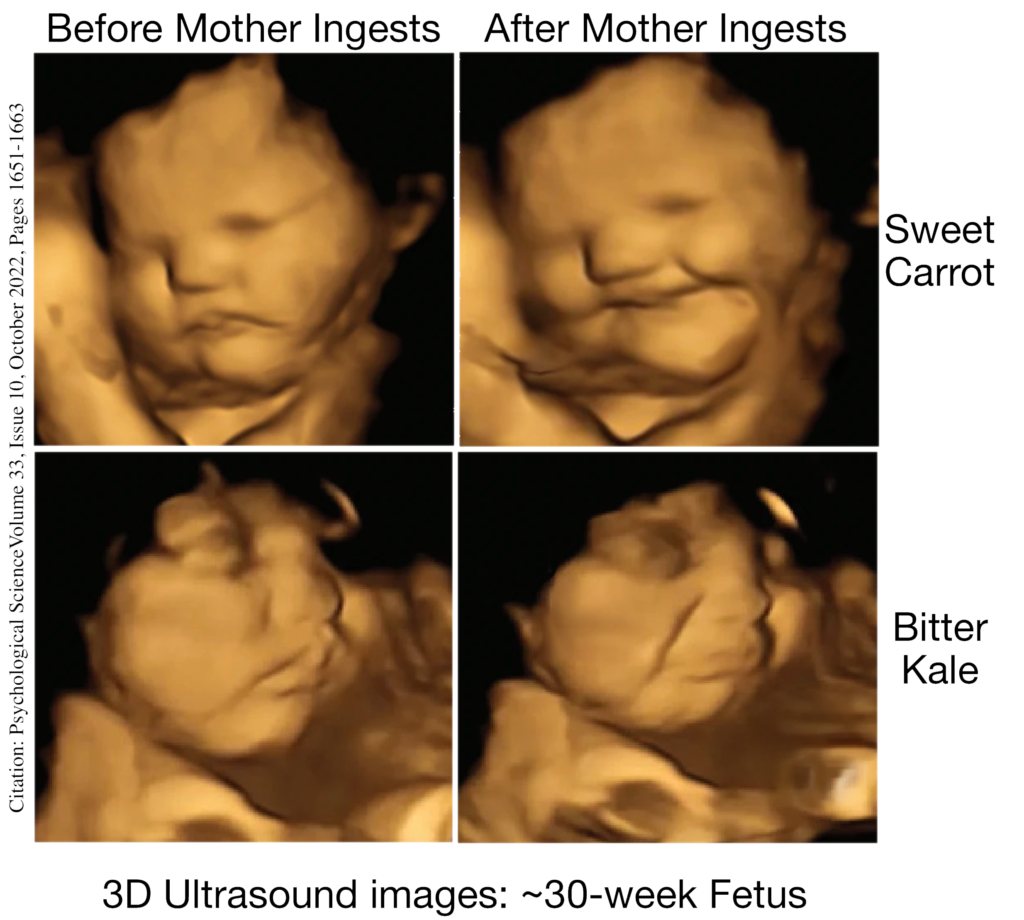
Check Your Understanding:
- Q: What weeks are considered the third trimester?
A: Weeks 28 through 40 (birth). - Q: What important substance do the lungs produce during this trimester?
A: Surfactant, which helps the baby breathe after birth. - Q: Why does the fetus gain fat during the third trimester?
A: To help regulate body temperature after birth. - Q: What are Braxton Hicks contractions?
A: Practice contractions that prepare the body for labor. - Q: What position is the fetus usually in by the end of the third trimester?
A: Head-down position in preparation for birth.
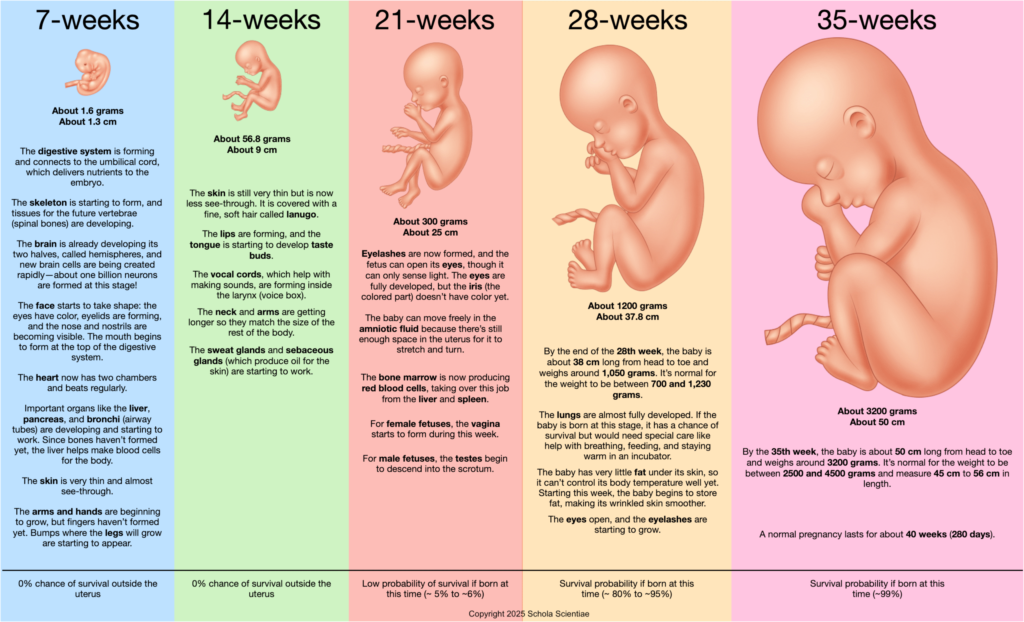
Essential Concepts
The Focus Questions in each Investigation are designed to help teachers and students focus on the important concepts. By the end of the Unit, students should be able to answer the following questions:
Modeling the Miracle:
- Data Interpretation: Based on what you have learned from your reading, class discussions, data tables and graphs, what patterns do you see in fetal mass, length, and organ development between weeks 7, 14, 21, and 28, and what might these patterns tell us about overall fetal growth?
- Critical Thinking: Why do you think the chances of survival outside the womb increase as the fetus develops, and how do the changes in limb and organ development contribute to this change?
- Real-World Application: How can understanding these developmental milestones through data help scientists and healthcare professionals improve prenatal care and support a healthy birth?
Investigation 1:
- Data Interpretation: Examine the karyotype images of a human male and a human female. What differences do you observe in the sex chromosomes, and how do these differences support the concept of genetic sex determination?
- Critical Thinking: Considering that the Y chromosome is smaller and contains fewer genes compared to the X chromosome, why do you think this difference exists, and what impact might it have on the expression of genetic traits?
- Real-World Application: How can understanding karyotypes and the differences between male and female sex chromosomes be applied in medical practice and genetic research?
Investigation 2:
- Data Interpretation: Looking at the differences between somatic cells and gametes, what does the process of reduction division reveal about the number of chromosomes in each, and how is this change demonstrated in the lab?”
- Critical Thinking: Why is it crucial for gametes to be haploid rather than diploid, and what potential problems might arise if gametes maintained a diploid number of chromosomes?
- Real-World Application: How does understanding the creation of haploid gametes through meiosis help us appreciate the mechanisms behind genetic inheritance and variation in offspring?
Investigation 3:
- Data Interpretation: After observing the fusion of gametes and the subsequent cell divisions, what structural changes do you notice as the zygote transitions into an embryo and later into a fetus?
- Critical Thinking: Why is the precise process of mitotic cell division after fertilization crucial for proper embryonic development, and what potential issues could arise if these divisions were not accurately regulated?
- Real-World Application: How does understanding the early stages of human development—from the fusion of gametes to the formation of a fetus—inform practices in prenatal care and developmental diagnostics?
Investigation 4:
- Data Interpretation: Using the life-size anatomical models and ultrasound images provided, what key changes can you identify in fetal organ systems during the second and third trimesters, and how do these changes prepare the fetus for survival after birth?”
- Critical Thinking: Why might a baby born prematurely at the end of the sixth month have a chance to survive, and which organ systems do you think are most critical for this early viability?
- Real-World Application: How does using ultrasound technology during the later stages of pregnancy benefit both expectant parents and medical professionals in monitoring fetal development?
Vocabulary
The following list includes key terms introduced throughout the CELL. These terms should be used, as appropriate, by teachers and students during everyday classroom discourse.
Amniotic Fluid: Protective liquid surrounding the fetus.
Anaphase: Sister chromatids separate and are pulled toward opposite poles of the cell by shortening spindle fibers.
Arm and Leg Buds: Early limb structures.
Blastocyst: Cluster of cells formed from the zygote.
Cell Division: Process by which cells reproduce.
Chromosome: DNA structure containing genetic instructions.
Cytokinesis: Process in which the cytoplasm of a parent cell divides into two daughter cells.
Daughter Cells: New cells produced after division.
DNA (Deoxyribonucleic Acid): Molecule carrying genetic material.
Egg Cell (Ovum): Female reproductive cell, nutrient-rich.
Embryo: Baby’s developmental stage from fertilization to 8 weeks.
Fallopian Tube: Passage for the egg from the ovary to the uterus.
Fertilization: Sperm and egg join to form a zygote.
Fetus: Stage of development from 9 weeks onward.
Full Term: Stage when the baby fully develops (after week 37).
Gametes: Reproductive cells (sperm and egg).
Gene: DNA segment coding for proteins.
Genetic Diversity: Variation resulting from meiosis.
Haploid: Cells with half the usual chromosomes (23 in humans).
Head-Down Position: Optimal fetal position for birth.
Homologous Chromosomes: Paired chromosomes from each parent.
Implantation: Attachment of blastocyst to uterine lining.
Interphase: Longest phase of the cell cycle; cell grows and duplicates DNA.
Labor: Uterine contractions for childbirth.
Meiosis: Cell division for reproduction.
Menopause: End of the menstrual cycle (typically ages 45–55).
Menstrual Cycle: Monthly process preparing for pregnancy.
Menstruation: Shedding of the uterine lining (Days 1–5).
Metaphase: Chromosomes align at the equator for segregation.
Micrograph: Image taken through a microscope.
Mitosis: Cell division for growth and repair.
Neonatal Intensive Care Unit (NICU): Specialized newborn care unit.
Nervous System: Brain, spinal cord, and nerves. Controls body functions.
Organogenesis: Formation of organs.
Ovulation: Egg release from ovary (around Day 14).
Pairing: Formation of chromosome pairs during reproduction.
Premature: Baby born before 37 weeks.
Prophase: Chromosomes condense and spindle fibers begin forming.
Puberty: Developmental stage marking reproductive maturity.
Sister Chromatids: Identical copies of chromosomes.
Sperm Cell: Male reproductive cell with a tail (flagellum).
Telophase: Chromatids reach poles; nuclear membranes form.
Third Trimester: Final pregnancy stage (Week 27 to birth).
Trimester: One of three 3-month pregnancy stages.
Vernix Caseosa: Waxy white coating protecting baby’s skin.
XX Chromosomes: Female sex chromosomes.
XY Chromosomes: Male sex chromosomes.
Zygote: First cell formed after fertilization.
Light and Sound: Stimuli that developing fetuses begin to perceive.
Muscles: Tissue allowing movement of body parts.
Spinal Cord: Connects the brain to the body, part of CNS.
Heartbeat: Sound made by the closing of heart valves, heard in fetal monitoring.
Organ: A specialized structure within the body that performs a specific function.
Fetal Position: The curled-up posture of a baby in the womb.
Embryonic Stage: The stage from fertilization to about 8 weeks of gestation.
